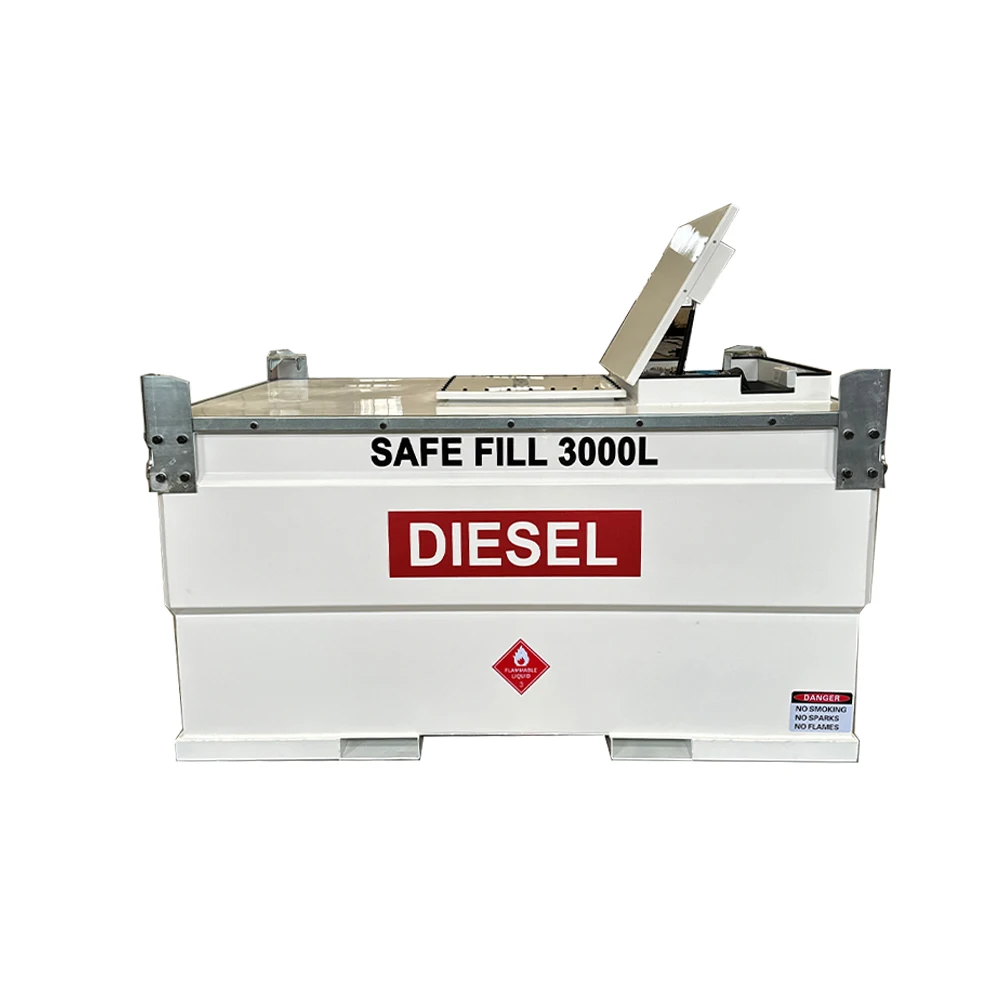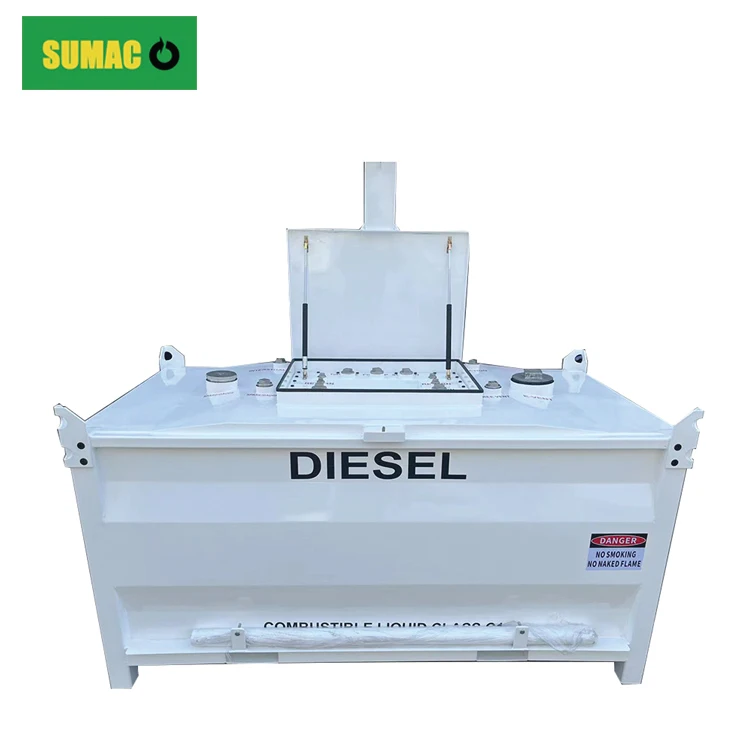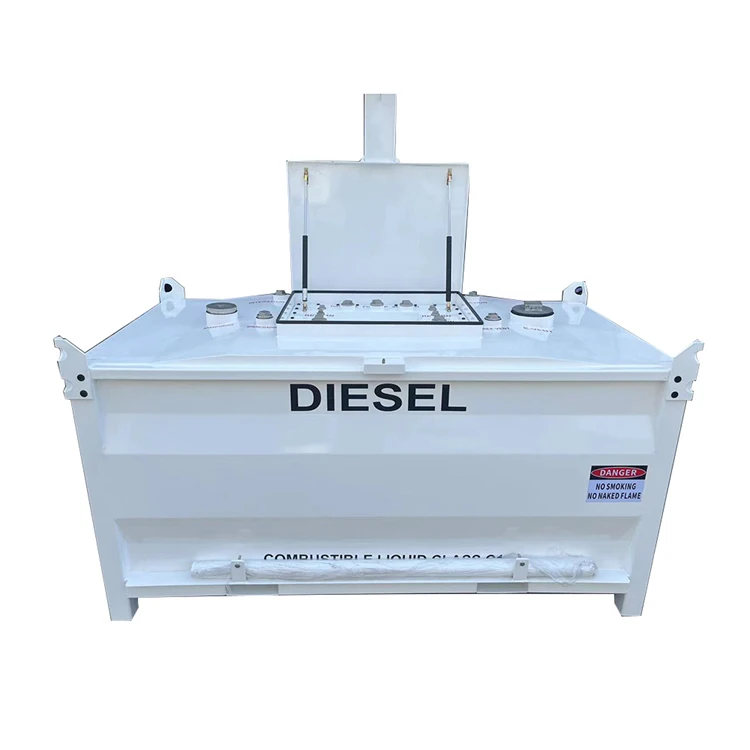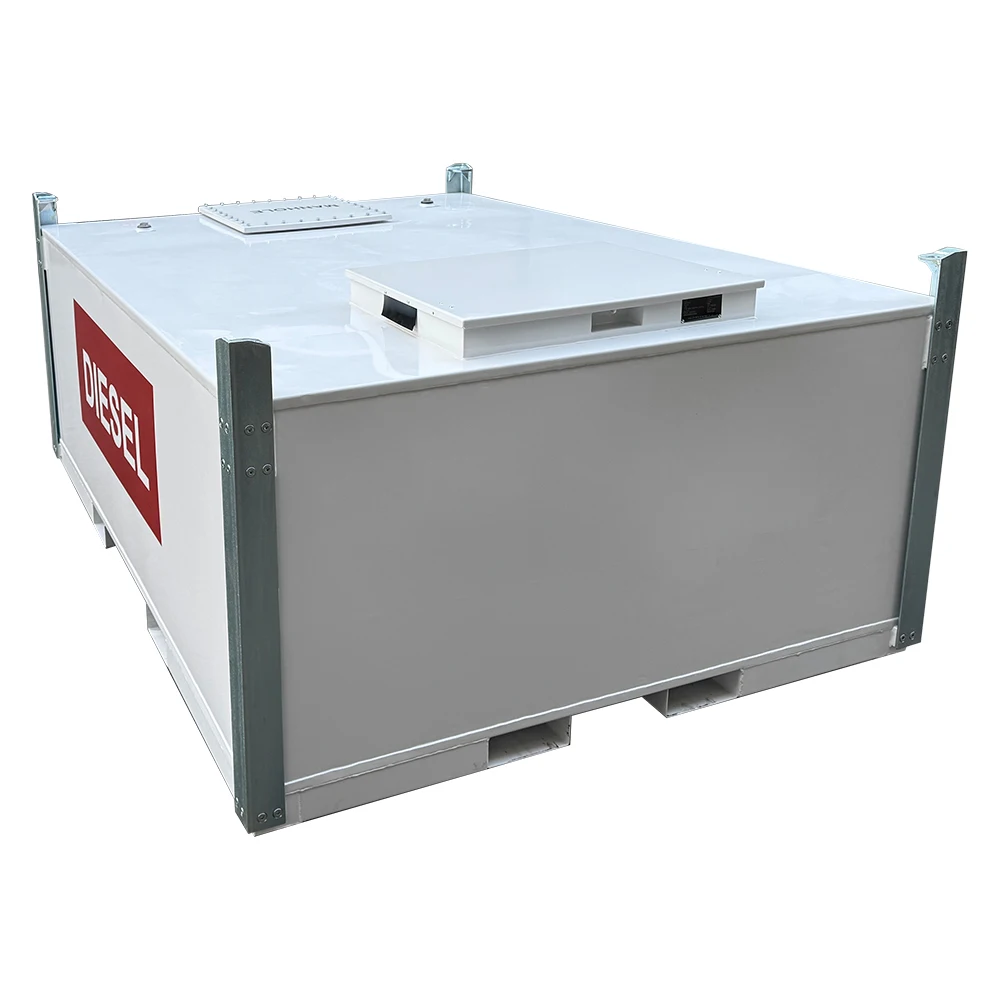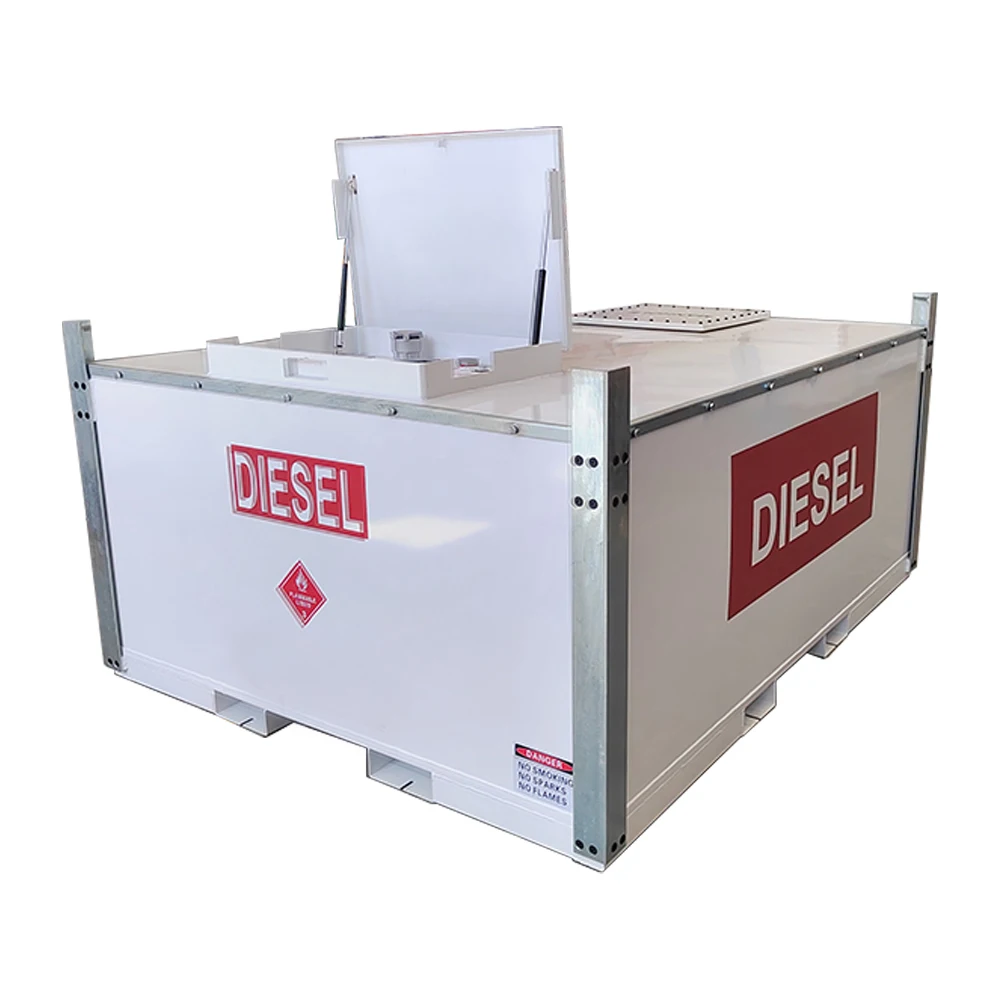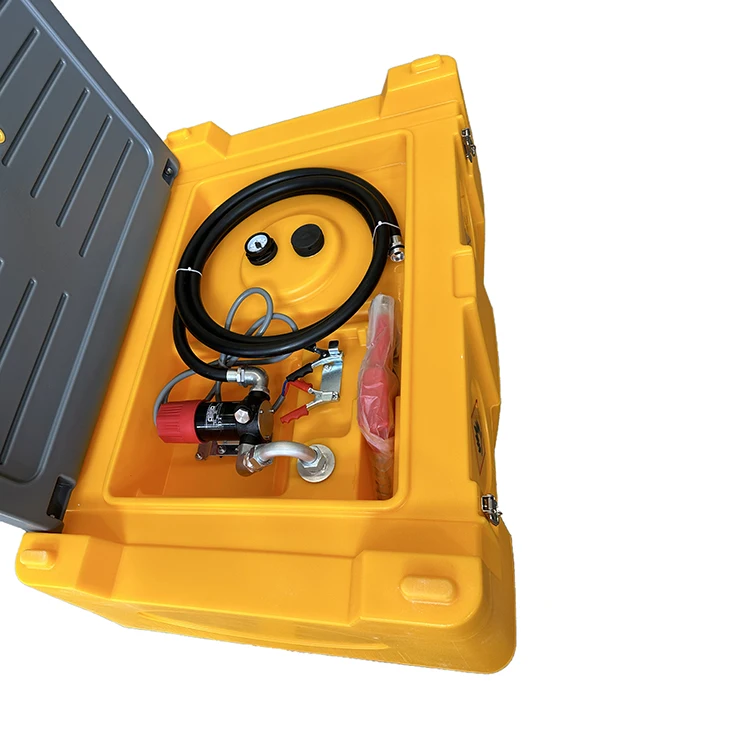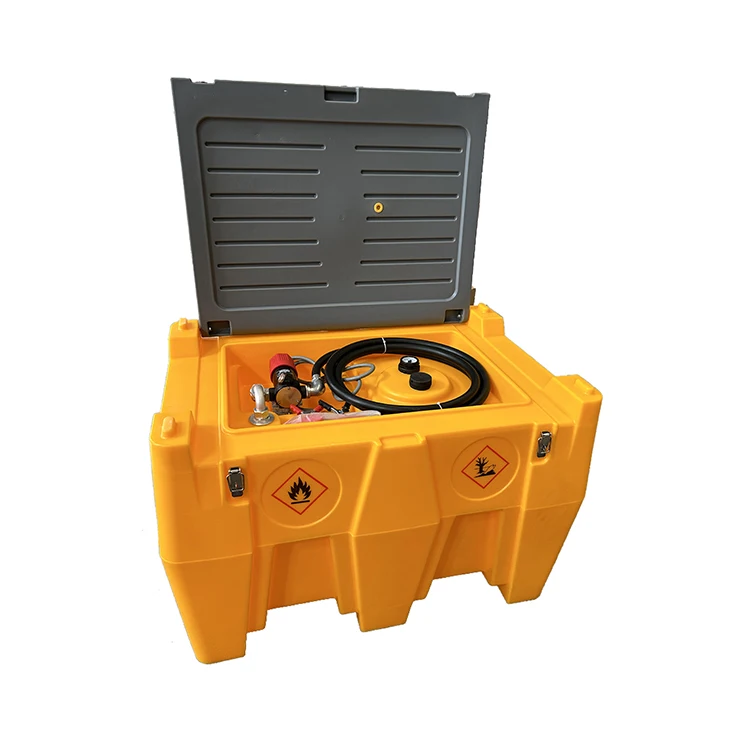Dvouvrstvý ocelový nádržník na úložiště paliva
1. Struktura a návrh dvouvrstvého ocelového nádržníku na úložiště paliva
Dvojitě zdílený úložný nádrž pro palivo z uhlíkové oceli se skládá z vnitřní a vnější nádrže. Vnitřní nádrž je primárním kontejnerem pro palivo a obvykle je vyrobená z uhlíkové oceli, která poskytuje pevnou bariéru proti palivu. Vnější nádrž slouží jako sekundární obsahovací systém. Prostor mezi vnitřní a vnější nádrží, známý jako meziprostor, je důležitou bezpečnostní funkcí.
Stěny těchto nádrží jsou navrženy s určitými tloušťkami v závislosti na kapacitě nádrže, druhu uloženého paliva a požadovaných bezpečnostních normách. Například pro úložiště vysoce hořlavých paliv, jako je benzin, musí být stěny dostatečně silné, aby odolaly potenciálním dopadům a změnám tlaku. Nádrže často mají válcovité tvar, protože tato geometrie rovnoměrně rozptyluje stres a je strukturně efektivní.
2. Výhody
Zvýšená bezpečnost:
Dvojitostěnné konstrukce poskytuje další vrstvu ochrany proti únikům paliva. Pokud dojde k porušení vnitřní nádrže, vnější nádrž může obsahovat palivo a bránit mu v kontaminaci okolního prostředí. To je klíčové jak pro ochranu životního prostředí, tak pro bezpečnost před požáry. Například v zařízení na úložiště paliva poblíž vodního toku nebo obydlené oblasti významně dvojitá nádrž snižuje riziko pronikání paliva do půdy a dostání se do spodních vod nebo proudění do blízkých odvodňovacích kanálů.
Meziprostor lze monitorovat na příznaky úniku paliva. Do tohoto prostoru lze nainstalovat senzory pro detekci přítomnosti paliva. Pokud je palivo zaznamenáno, aktivuje se poplach, což umožňuje okamžitou reakci a opravu předtím, než dojde k větším výlevům.
Dodržování předpisů: Mnoho environmentálních a bezpečnostních předpisů vyžaduje použití dvojitostěnných úložných nádrží, zejména pro úložiště paliv velkého objemu. Tyto nádrže pomáhají podnikům a průmyslu splnit přísné právní požadavky týkající se prevence a obsahování výtoků. Například v petrochemickém průmyslu, kde se ukládají a dopravují velké množství paliva, je používání dvojitostěnných nádrží běžnou praxí pro dodržování místních i národních zákonů o ochraně životního prostředí.
3. Nevýhody
Vyšší náklady: Stavba dvojitostěnných ocelových palivových nádrží je složitější a vyžaduje více materiálů než jednostěnné nádrže. Náklady na materiály, výrobu a montáž jsou významně vyšší. To může být brzdícím faktorem pro malé operace nebo ty s omezeným rozpočtem.
Prostorové požadavky: Dvojitě stěnové nádrže zabírají více místa kvůli další vnější stěně a meziprostorů. To může být omezením v zařízeních, kde je prostor na minimum. Například na kompaktní městské benzínové stanici se může instalace dvojitě stěnové nádrže vyžadovat větší plochu pozemku, což může být výzvou.
4. Údržba a inspekce
Pravidelná kontrola dvojitě stěnových nádrží je nezbytná. Vnější stěnu je třeba prohlédnout na příznaky korozní poškození, zubů nebo jiné fyzické škody. Meziprostor je nutné sledovat na jakékoliv známky pronikání paliva, což může naznačovat únik z vnitřní nádrže. Postupy údržby mohou zahrnovat natírání vnějšího povrchu pro prevenci korze, kontrolu integrity uzavíracích prvků a spojů a testování senzorů v meziprostoru.
Kromě běžných vizuálních inspekcí lze použít i pokročilejší metody kontroly, jako je ultrazvukové testování, pro posouzení tloušťky stěn nádrže a detekci jakýchkoli skrytých vad nebo tenčení kovu. To pomáhá při predikci zbytkové užitečné životnosti nádrže a zajištění jejího bezpečného provozu.
https://www.sumachine.com/

Doporučené produkty
Horké novinky
-
Dvojitostěnná přenosná dieselová benzinová kubická nádrž s čerpadlem pro prodej na Mauritius
2024-11-11
-
Dvouvrstvý přenosný nádržní systém Cube Tank dopraven do Španělska
2024-11-07
-
Doprava přenosného letadlového palivového nádrže s pumpou
2024-10-12
-
Odeslání uhelnaté oceli dieselové palivové krychlové nádrže do USA
2024-11-14
-
Uhelnatá ocel krychlová nádrž s pumpou
2024-11-13
-
Palivová přenosná nádrž Krychlová stanice Dvojitá stěna Dieselová úložná nádrž na prodej pro Španělsko
2024-11-06
-
prodej přenosného palivového kubu kapacitou 251 US galonů, 552 galonů pro USA
2024-11-05
-
prodej palivového kubu kapacitou 251-2000 galonů pro Grenadu
2024-11-01
-
prodej přenosného palivového čerpadla s nádrží o objemu 552 galonů pro USA
2024-10-30
-
Pohyblivá palivová nádrž s čerpadlem pro prodej do Španělska
2024-10-22
 EN
EN
 AR
AR
 BG
BG
 HR
HR
 CS
CS
 DA
DA
 NL
NL
 FI
FI
 FR
FR
 DE
DE
 EL
EL
 IT
IT
 JA
JA
 KO
KO
 NO
NO
 PL
PL
 PT
PT
 RO
RO
 RU
RU
 ES
ES
 SV
SV
 TL
TL
 ID
ID
 LT
LT
 SR
SR
 SK
SK
 SL
SL
 UK
UK
 VI
VI
 HU
HU
 TH
TH
 TR
TR
 MS
MS
 GA
GA
 IS
IS
 KA
KA
 HT
HT
 KK
KK
 UZ
UZ


